How To Tell if a Sand Dollar, Starfish, Egg Case, Urchin, or Sea Shell is Alive or Dead
Here are some quick tips on how to determine if a sea creature you find on the beach is alive or dead so you don’t accidentally kill any living animals when you’re trying to collect sea shells! For more great tips on eco-friendly seashell collecting, be sure to also read our other post A Guide To Ethical Shell Collecting!
How to tell if a sand dollar is alive or dead.
If a sand dollar is bleached white and appears completely bald (has no tiny “hairs” or spines on it) then it is definitely dead.
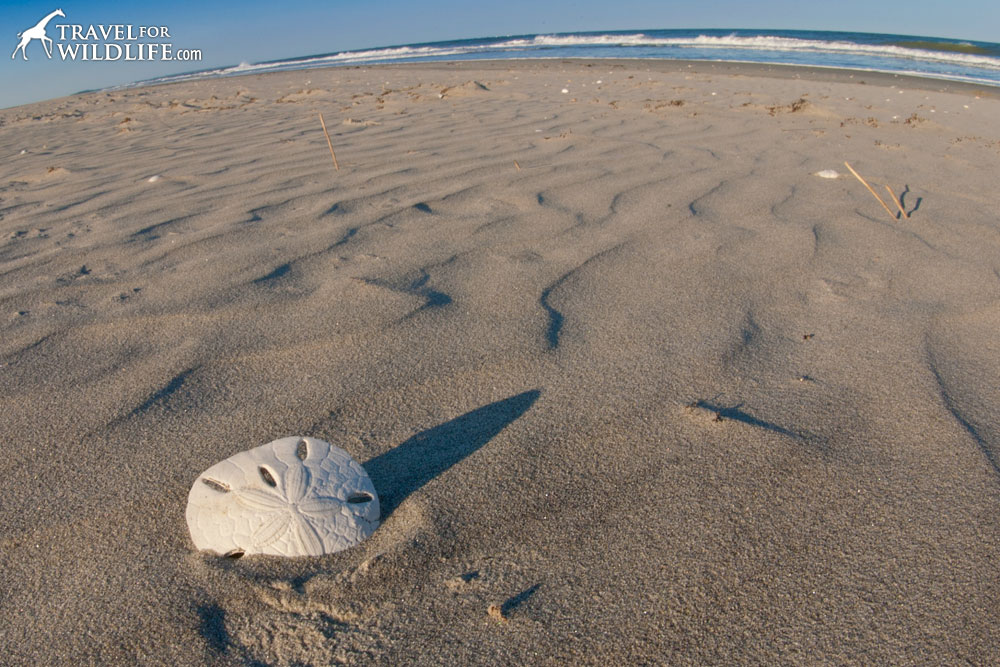
If a sand dollar is brown and velvety-looking, then it is probably alive. Look at the back and see if the tiny little spines are moving. If you’re not sure, let it be or return it to the ocean!
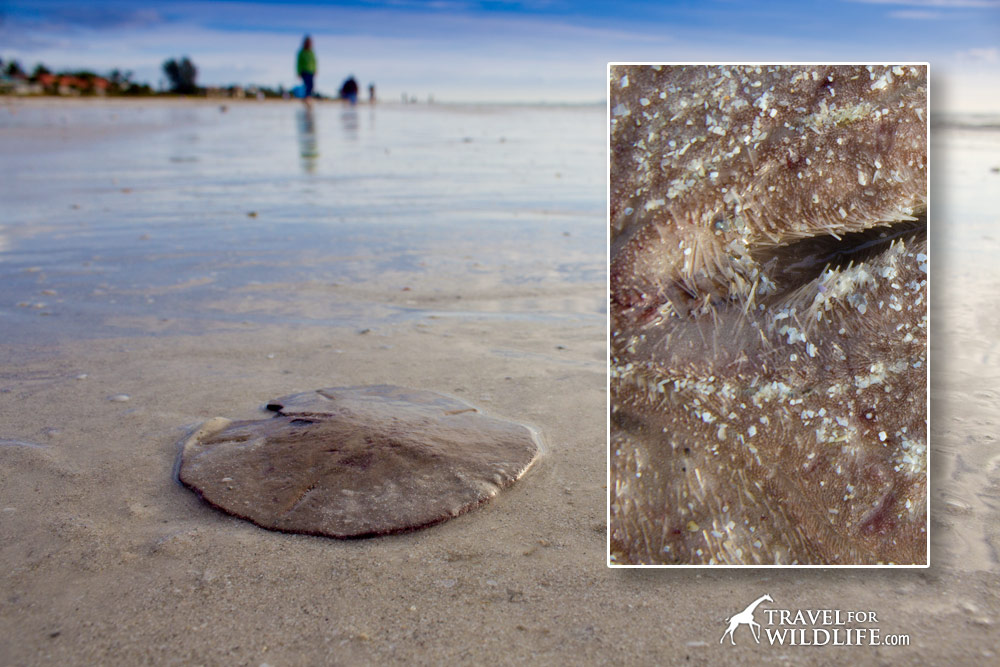
So, to answer the question are sand dollars alive? If the sand dollar is white and “bald” it is dead. If it is brown and hairy, it’s probably alive!
*This article may contain affiliate links. We receive a small commission at no extra cost to you.*
How to tell if a starfish is alive or dead.
Starfish get around using thousands of tiny tentacles, called tube feet, on the bottom of each arm. If you look closely at the underside of a starfish and see these tiny tentacles moving, then the starfish is definitely alive! If you don’t see movement but want to be sure, try touching the tube feet gently or placing it in the water to see if the tube feet start moving. If you’re not sure, leave it be or gently return it to the ocean! Plus they are notoriously disgusting smelling if you try to dry one for your collection. Why not leave it for the crabs and birds to eat?
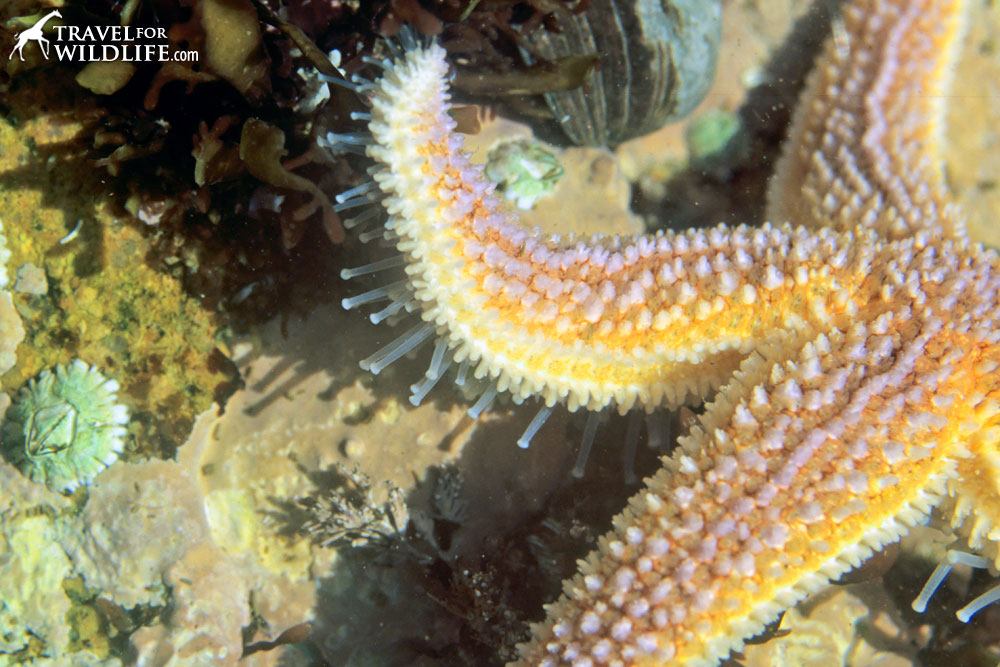
How to tell if a skate egg case is alive or dead.
There are many beautiful egg cases that get washed up on beaches. One often found on the Atlantic coast of the U.S. is sometimes referred to as a “Devil’s Purse” or “Mermaid’s Purse”. It is the egg case for a skate (usually a Clearnose Skate) which is a close relative of rays and sharks. If a skate egg case is split open on one end between the “horns” and is empty inside then it is definitely dead and no longer has an embryo inside!
If the case is intact and has fluid inside, then it’s very possible that a living skate embryo is still inside. Try holding it up to the sun and looking through it to see if there is movement. In the photo below you can see a fairly undeveloped embryo, but it will eventually grow to be a perfectly formed small skate before the egg case splits open and releases the baby skate into the sea!
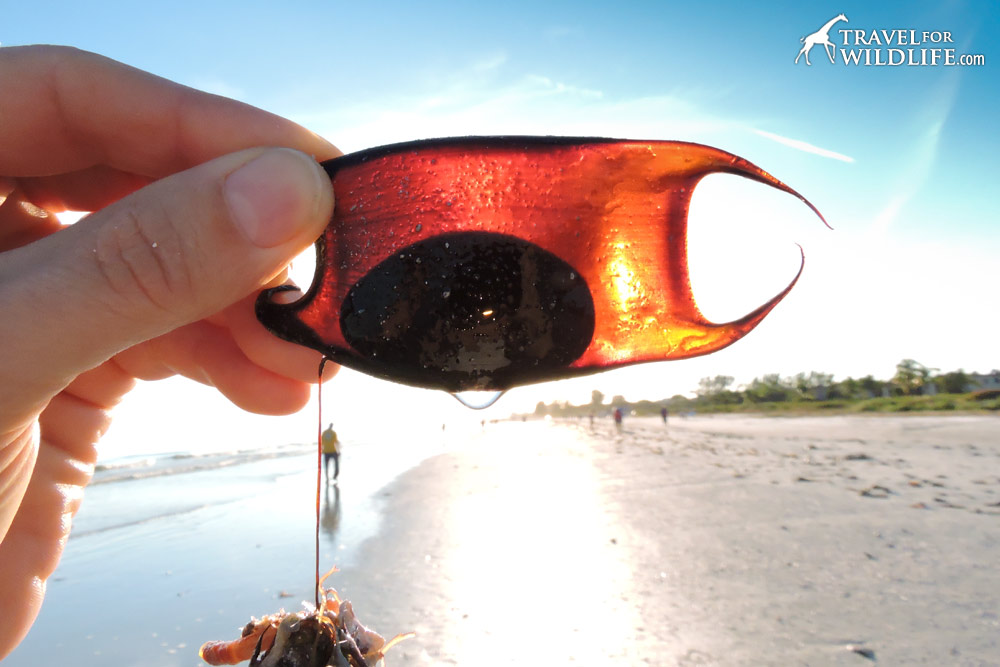
Whether I see movement or not, I always return unopened egg cases back to the sea, just in case. Maybe that skate will save your life one day in return!
Other beautiful egg cases include the long spirals of lightning whelks…
and the strange masses made by various conchs and tulips.
It’s a lot harder to tell if these are still viable so I always return them to the sea.
You can try the same trick with whelk egg cases by holding them up to the light to look through them. If you see tiny things floating within a fluid inside, those are perfect miniature baby lightning whelks and probably alive!
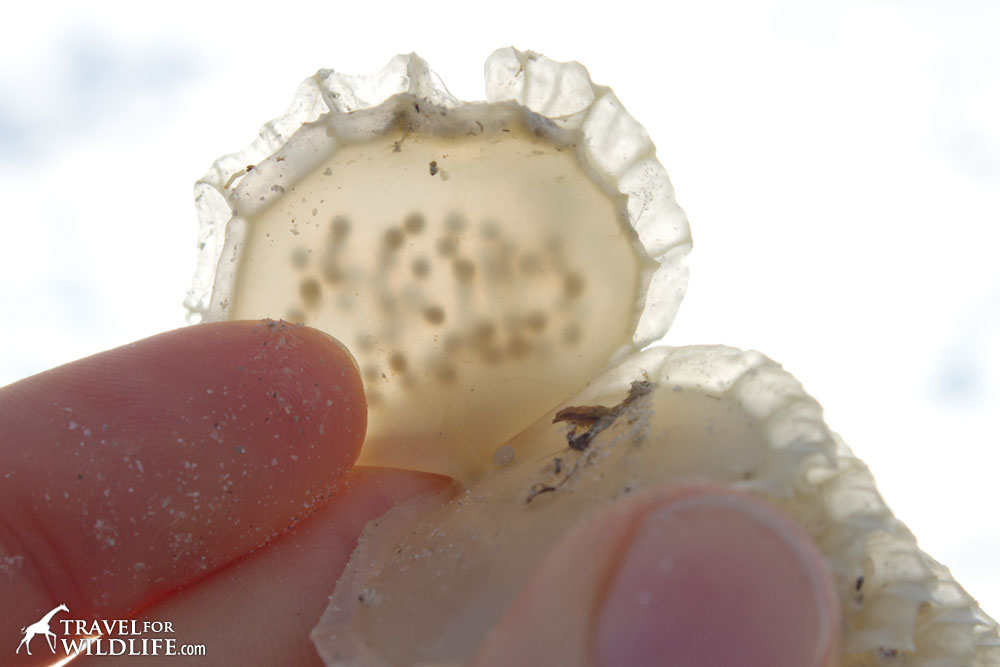
How to tell if a sea urchin is alive or dead.
Living sea urchins have short or long spines protruding all over their bodies. If you find an urchin with the spines intact, it may be alive. You can try to carefully return it to the sea with a bucket or shovel. If an urchin shell is “bald” with no spines at all, and empty inside then it is definitely dead.
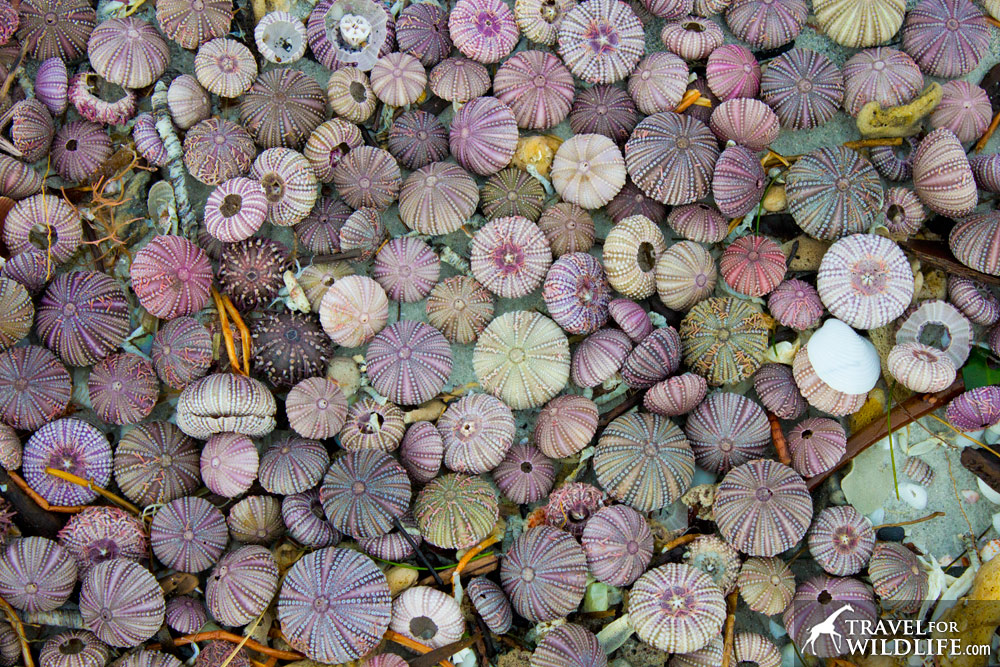
By popular demand, this photo is now available as a print! (As well as beach towels, mugs, pillows, shower curtains, phone covers, and other cool products!)
If you love this photo you can buy a print of these beautiful sea urchins here!
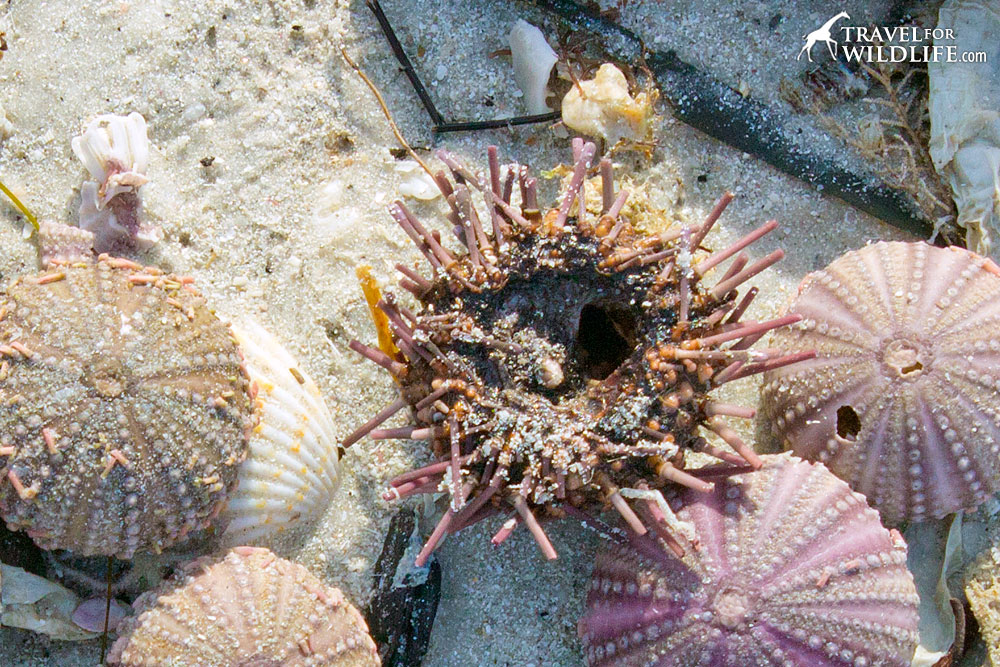
How to tell if a sea shell is alive or dead.
If a bivalve shell is intact, and both halves are tightly closed together, then there is still a living creature inside.
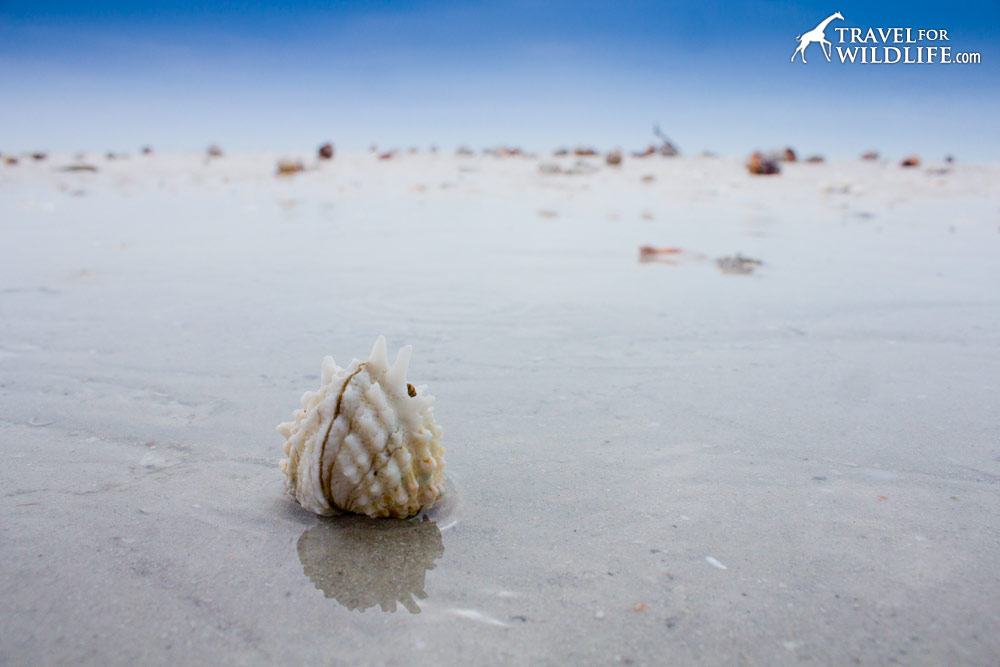
You may also encounter living bivalves with their shell open that may be feeding in shallow pools or stranded by storms. If you touch them and they close their shell, then of course they are alive!
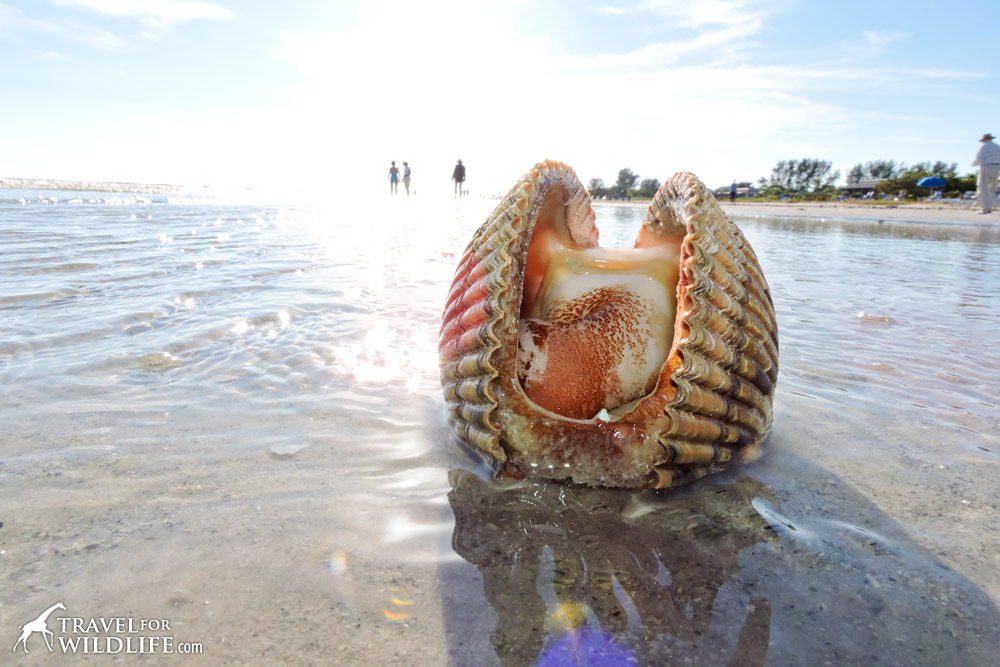
If you’re not sure then err on the side of caution and place it gently back in the sea.
With spiral shells simply look inside! If you see anything in there, whether it’s the original mollusk or a hermit crab tucked deep inside, then it’s probably alive. Feel free to return it gently to the ocean! (Though if it smells really horrible then it’s probably dead.)
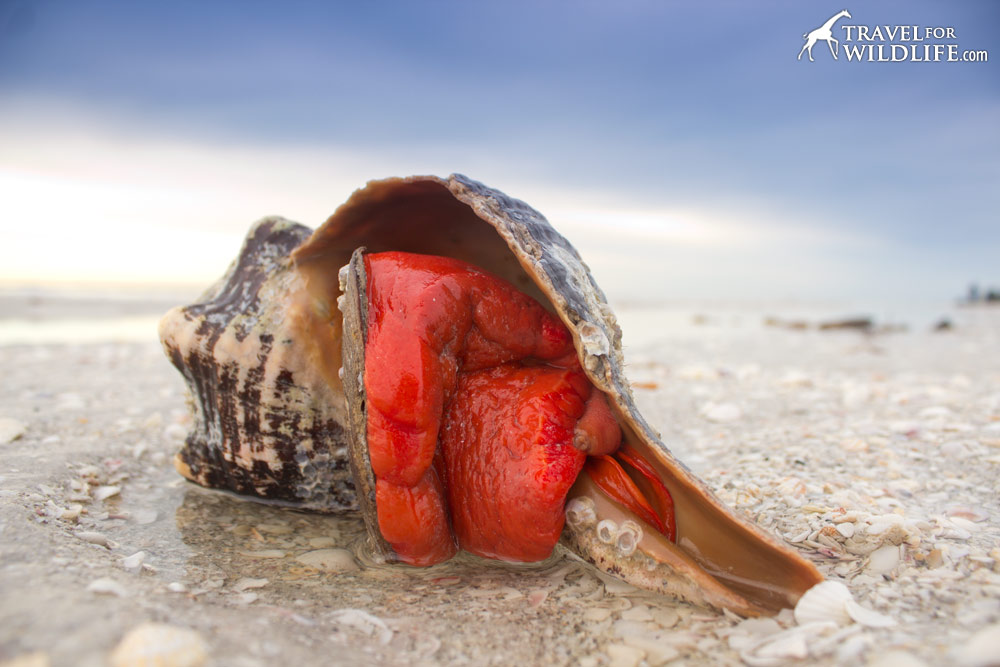
Many mollusks that live in spiral shells have what is called an operculum. It’s like a hard flat door that they use to close themselves tightly into their shell. If you seen an operculum blocking the entrance, then there is a living animal inside! If you’re not sure, leave it be.
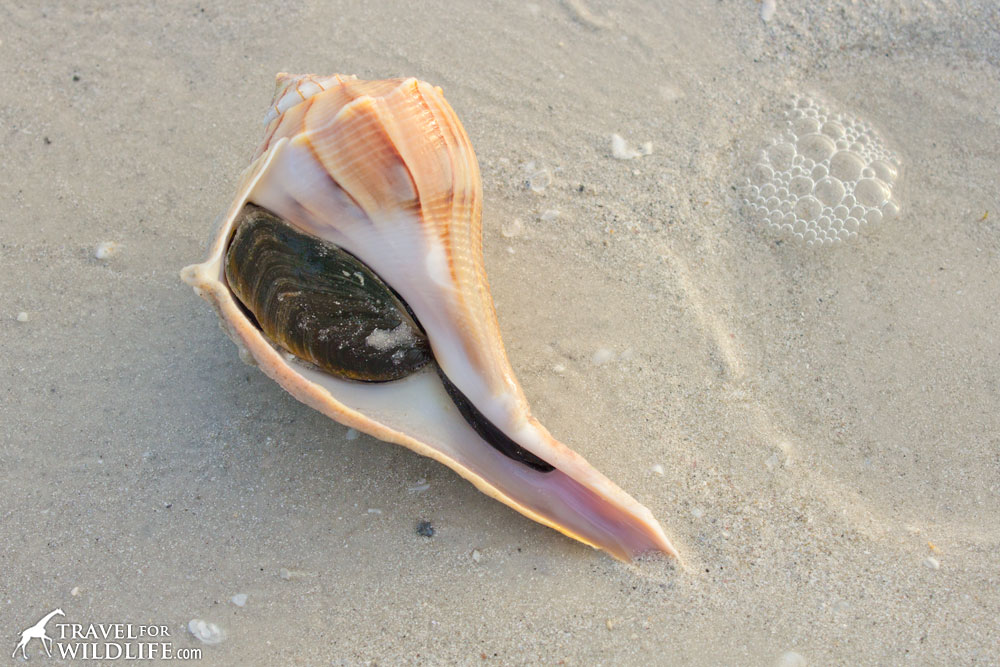
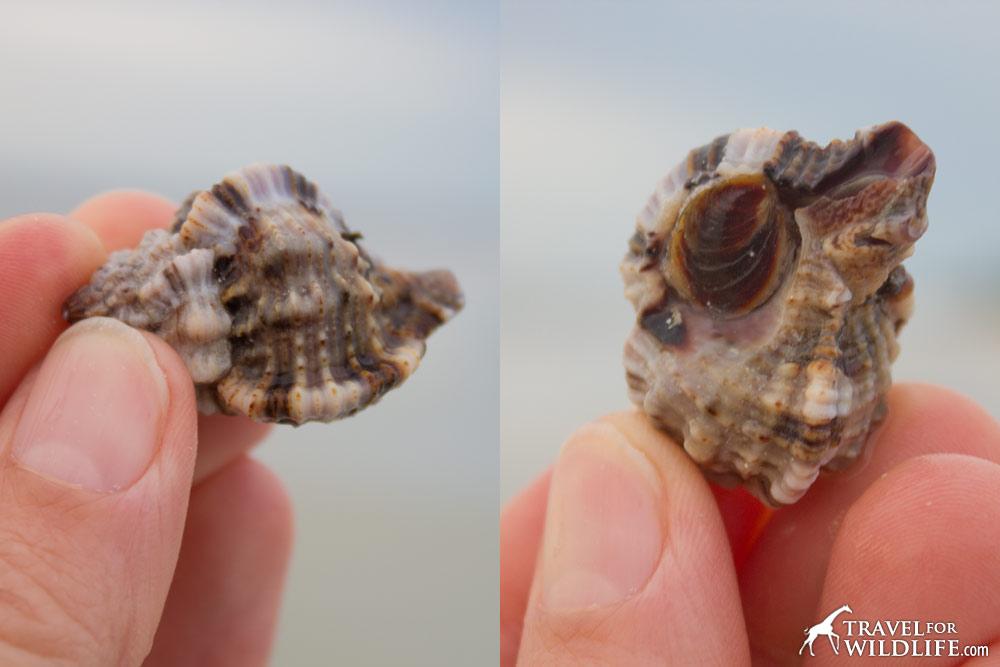
For more great eco-friendly shell collecting ideas, be sure to read our article A Guide To Ethical Shell Collecting!
Want to see more of the amazing creatures I found on Sanibel? Check out my photo gallery: The Living Shells: A Photo Gallery of Sanibel Island Seashore Creatures.
Did you find this article helpful? Pin this image!
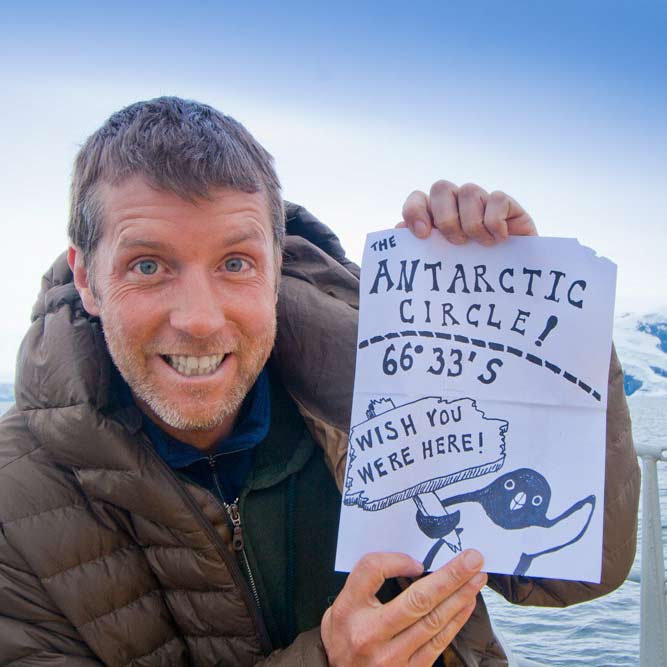
Hal Brindley
Brindley is an American conservation biologist, wildlife photographer, filmmaker, writer, and illustrator living in Asheville, NC. He studied black-footed cats in Namibia for his master’s research, has traveled to all seven continents, and loves native plant gardening. See more of his work at Travel for Wildlife, Truly Wild, Our Wild Yard, & Naturalist Studio.

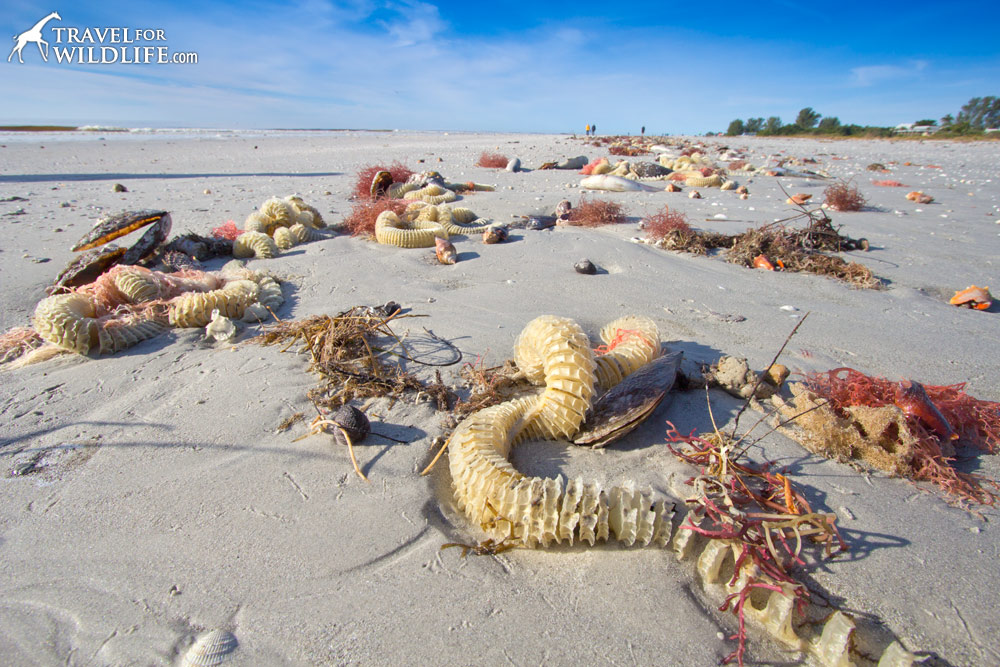
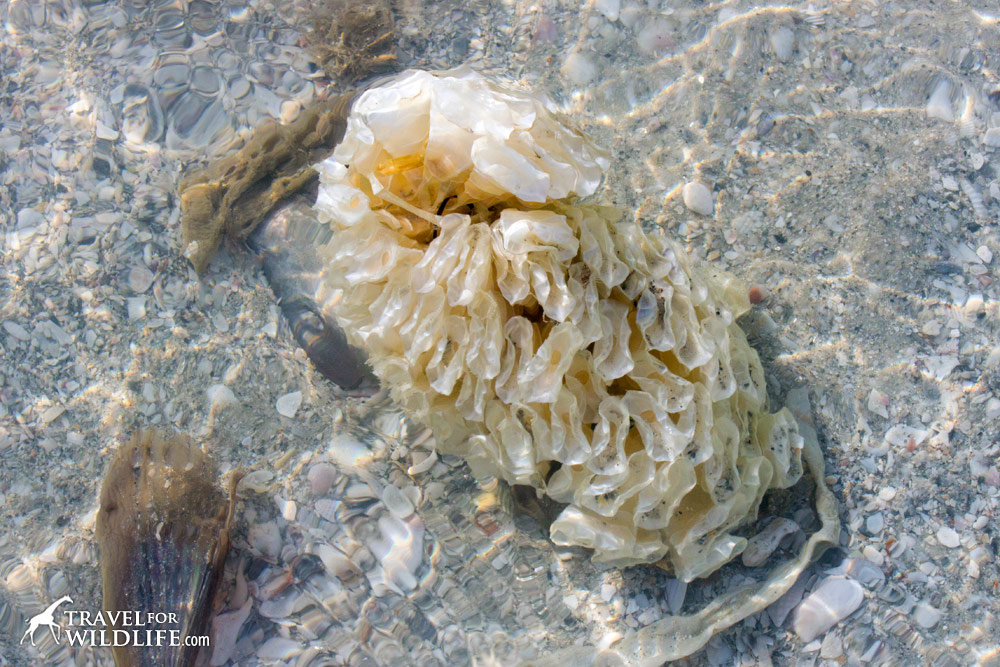
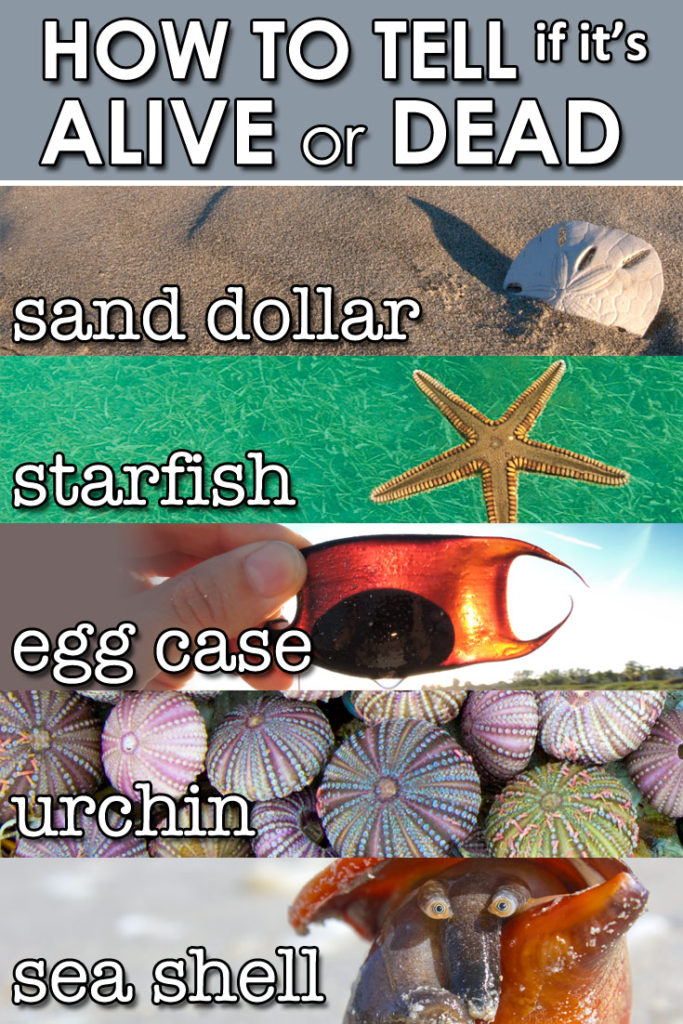
Suzanne Moreira
Thursday 7th of July 2022
I loved the articles above. I surely learned a lot about finding out if a shellfish I amlooking at is alive or not, and this eases my worries about killing such a remarkable living shellfish. Thanks soooo much! Suzanne Moreira, Bristol ,R.I.
Bonnie Strickland
Tuesday 7th of December 2021
Thanks for the great article. I found a moon snail and thought it was dead, but looking at your photo I think it was alive. Saddens me to think it was alive and I didn't put it back in the water. Learned something new everyday.
cristina garcia
Wednesday 8th of December 2021
Hi Bonnie,
Perhaps the tide came in and helped that little one :)
Patti anne
Friday 28th of February 2020
I'm in the UK and we get mermaids purses was up all the time but have never come across one with fluid in. I love your statement that they may safe your life in return one day. Great pic and Info. Thank you ?
Becky Elizabeth
Friday 14th of December 2018
I shared your "Ethical Guide" and am going to share this as well. I grew up on Wrightsville Beach (Wilmington, N.C.) and have always been "that person" spoiling the fun telling others not to take the living sand dollar etc. I wanted to thank you for creating these posts and to everyone who shares them or at least reads them, learns and practices your methods. It is a shame many people don't think of these creatures as living or for anything other than food honestly. Cheers to you and yours and keep up the wonderful work- you've got a new fan for sure!!! Cheers, Becks
Hal Brindley
Saturday 15th of December 2018
Thank you so much Becky! We appreciate your compassion for our family of life!
Jo Tilghman
Sunday 23rd of July 2017
Excellent information..shell collecting has been a hobby for three family generations. here on Oak Island NC. Most of this I knew and put into practice long ago however I find many beachcomers do not know/orfollow these guidelines. Thanks for the article here. Will share.